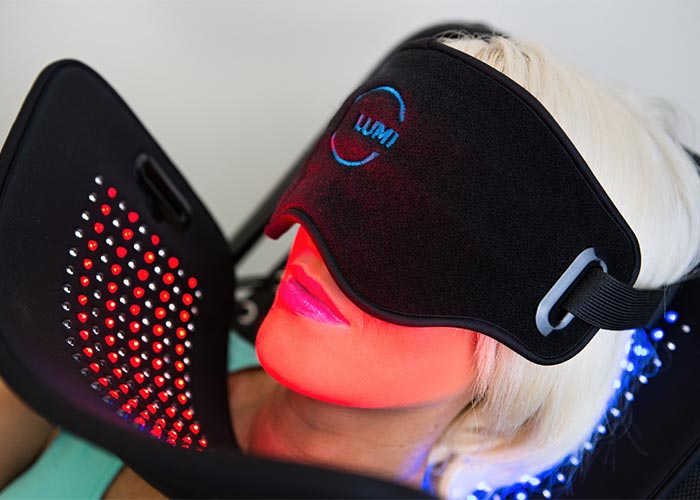In light therapy, a special light box or other device is used to deliver the desired wavelength of light to the body. Depending on the condition being treated, the light may be directed at the eyes, the skin, or other areas of the body.
One of the primary benefits of light therapy is its ability to help regulate the body’s natural rhythms. For example, light therapy is commonly used to treat SAD, a type of depression that typically occurs during the winter months when daylight hours are shorter. By exposing the body to bright light, typically for 30 minutes to an hour per day, light therapy can help to regulate the body’s circadian rhythms and improve mood.
Light therapy can also be helpful for people with sleep disorders, such as insomnia or jet lag. By exposing the body to bright light at specific times of day, light therapy can help to reset the body’s internal clock and promote healthy sleep patterns.

